Article: DIAMONDS AND SUSTAINABILITY
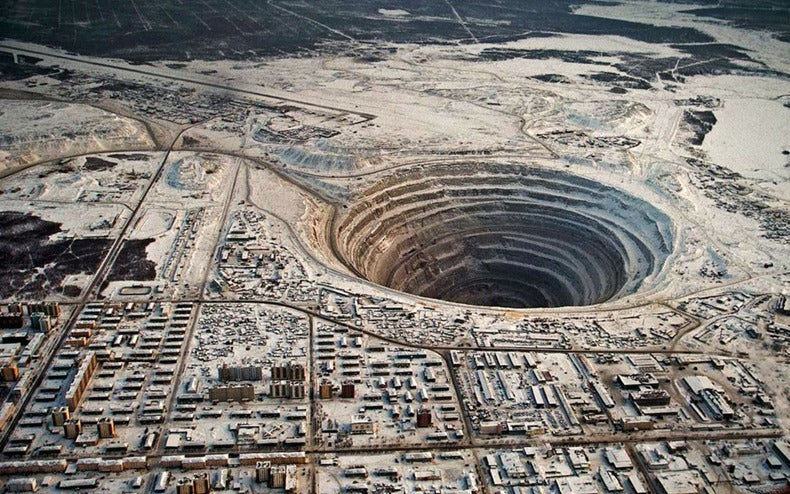
DIAMONDS AND SUSTAINABILITY
Mined Diamonds vs. Lab Diamonds
Diamonds have long been symbols of love, luxury, and status. But as technology evolves, so does our understanding of their impact on the planet and society. When choosing between mined and lab-grown diamonds, sustainability, ethics, and cost all play crucial roles. Let’s dive deep into the differences and why lab diamonds are revolutionizing the fine jewelry industry.
The Environmental Impact of Mined Diamonds
A single 1-carat mined diamond has a staggering environmental footprint:
-
Over 100 square feet of land is disturbed.
-
Up to 5,800 pounds of mineral waste is generated.
-
More than 126 gallons of freshwater is used.
-
Greenhouse gas emissions from mining operations contribute significantly to climate change.
These statistics highlight the heavy burden diamond mining places on our planet. Additionally, mining depletes finite natural resources, leading to deforestation, habitat destruction, and biodiversity loss.
The Social Consequences of Diamond Mining
The environmental impact is just the beginning. Traditional diamond mining has long been associated with unethical labor practices and social issues, including:
-
Human Rights Violations: Many mined diamonds come from regions with exploitative labor conditions, including child labor and forced labor.
-
Conflict Diamonds: Despite regulations like the Kimberley Process, conflict diamonds—used to fund violence and war—still enter the market due to loopholes in supply chains.
-
Untraceability: Most mined diamonds pass through multiple middlemen, making it nearly impossible to track their true origin. This lack of transparency means consumers often have no way of knowing if their diamond is ethically sourced.
The Middlemen and Hidden Costs of Mined Diamonds
Mined diamonds pass through a complex supply chain that involves miners, wholesalers, distributors, and retailers—all of whom add markups along the way. This results in an artificially inflated price for an identical product that could be grown in a lab for a fraction of the cost.
The Rise of Lab Diamonds: A Technological Marvel
Lab-grown diamonds are 100% real diamonds, created using cutting-edge technology that replicates the natural diamond formation process. These diamonds offer several advantages:
-
Zero Mining Impact: No land is destroyed, no ecosystems are disrupted, and no excessive water is wasted.
-
Ethical and Conflict-Free: Since they are made in a controlled environment, they have a transparent and traceable supply chain.
-
Massive Cost Savings: A lab diamond costs 30-70% less than a mined diamond of the same size and quality.
-
Scientifically Identical: Lab diamonds are graded by the same gemological institutes as mined diamonds and have the same physical, chemical, and optical properties.
The Future of Fine Jewelry: Sustainability and Innovation
As consumers become more conscious of their purchases, the demand for sustainable and ethical jewelry is rapidly growing. Lab diamonds not only offer a guilt-free alternative but also pave the way for the future of fine jewelry.
At Purecious Jewelry, we believe in offering stunning, high-quality diamonds without the ethical and environmental drawbacks of mined diamonds. Explore our collection of lab-grown diamond engagement rings, wedding bands, and custom designs to experience luxury with a conscience.















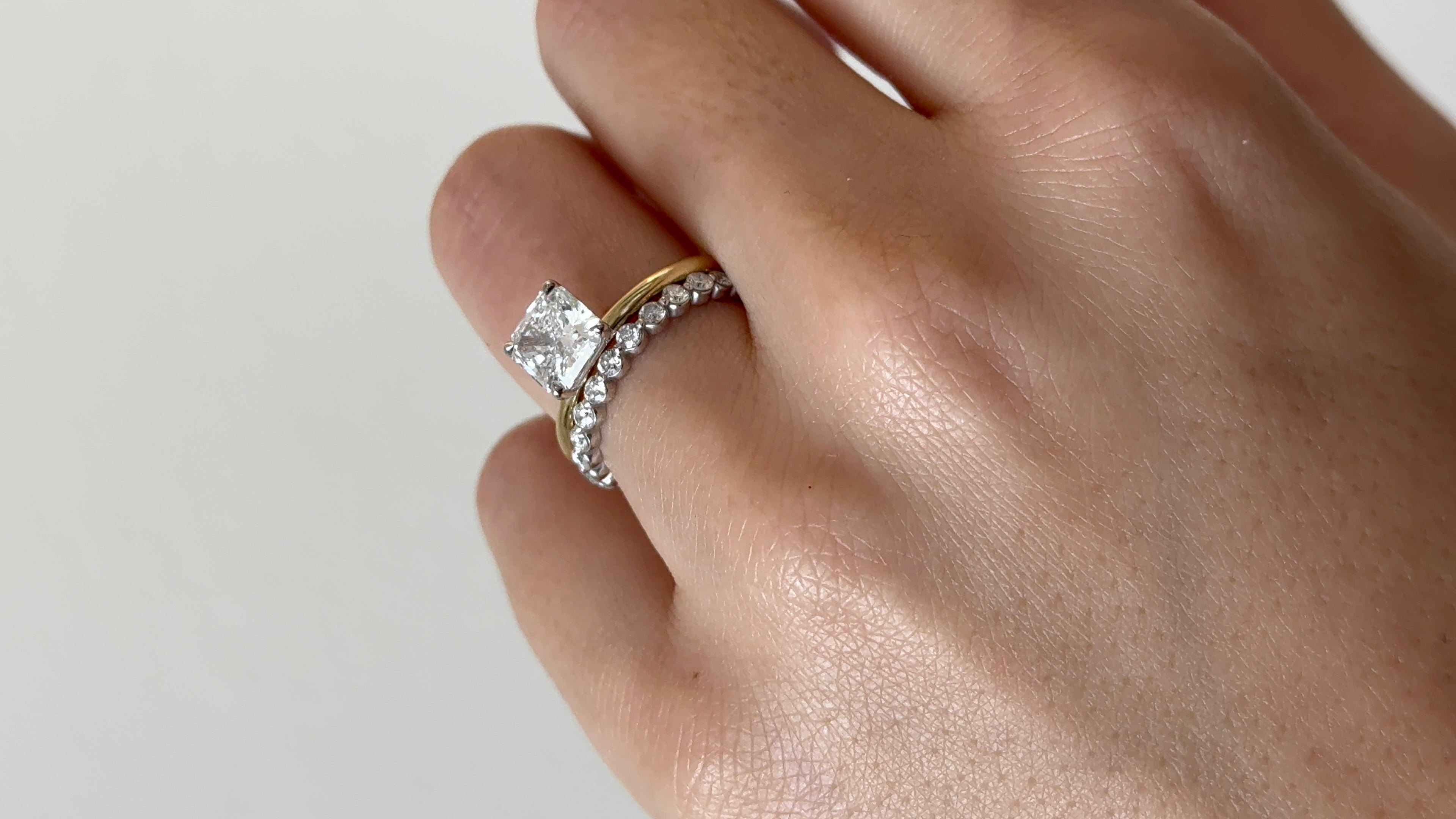

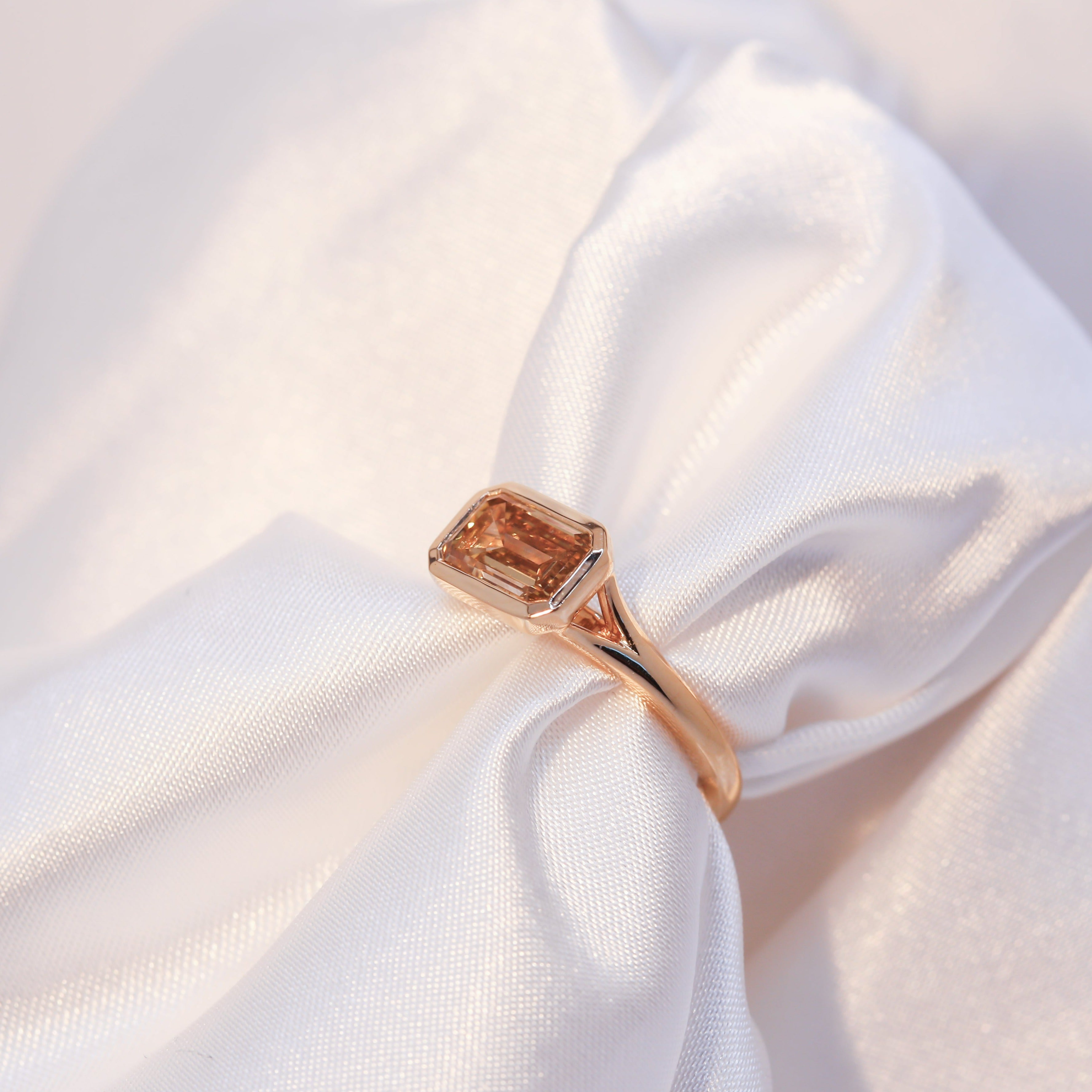

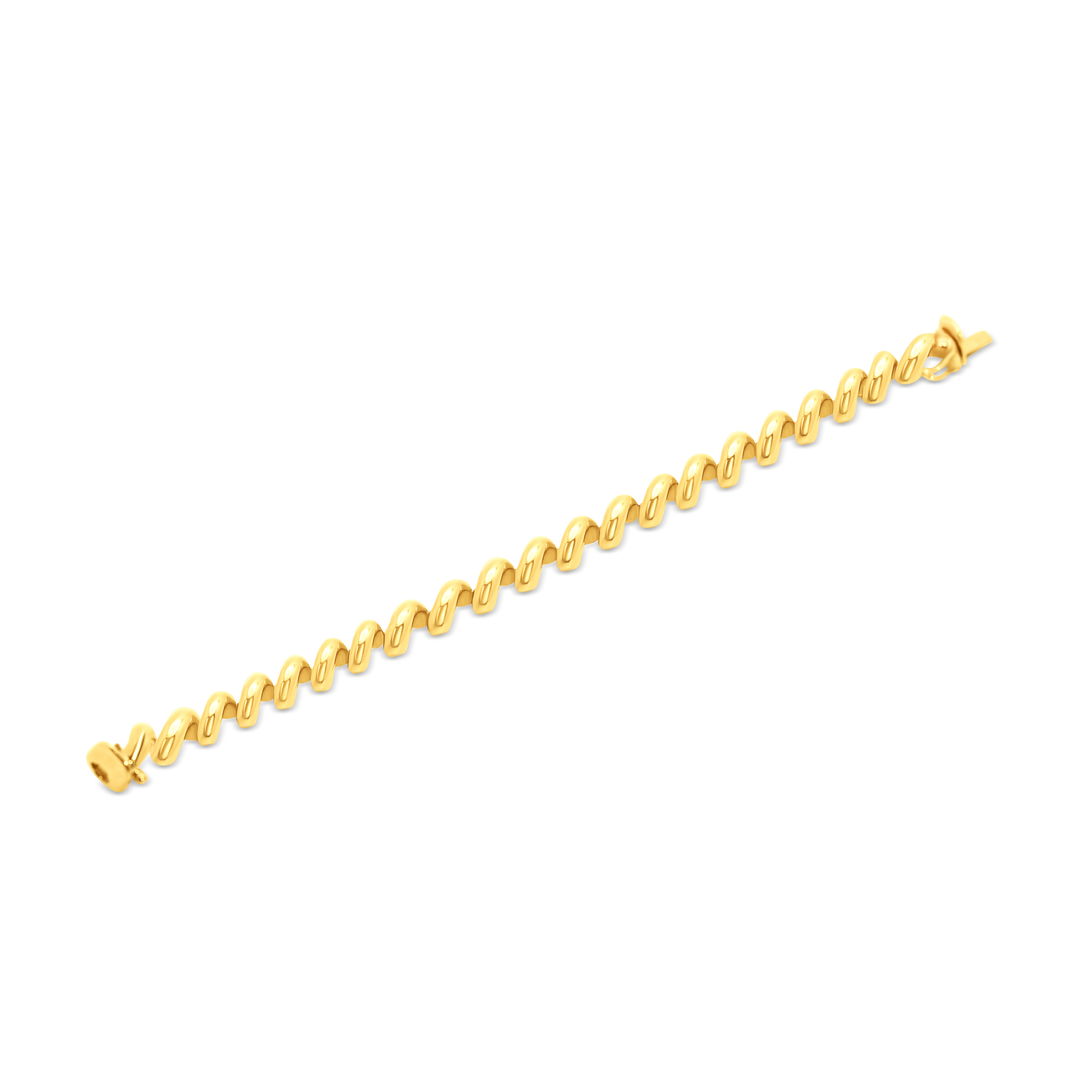
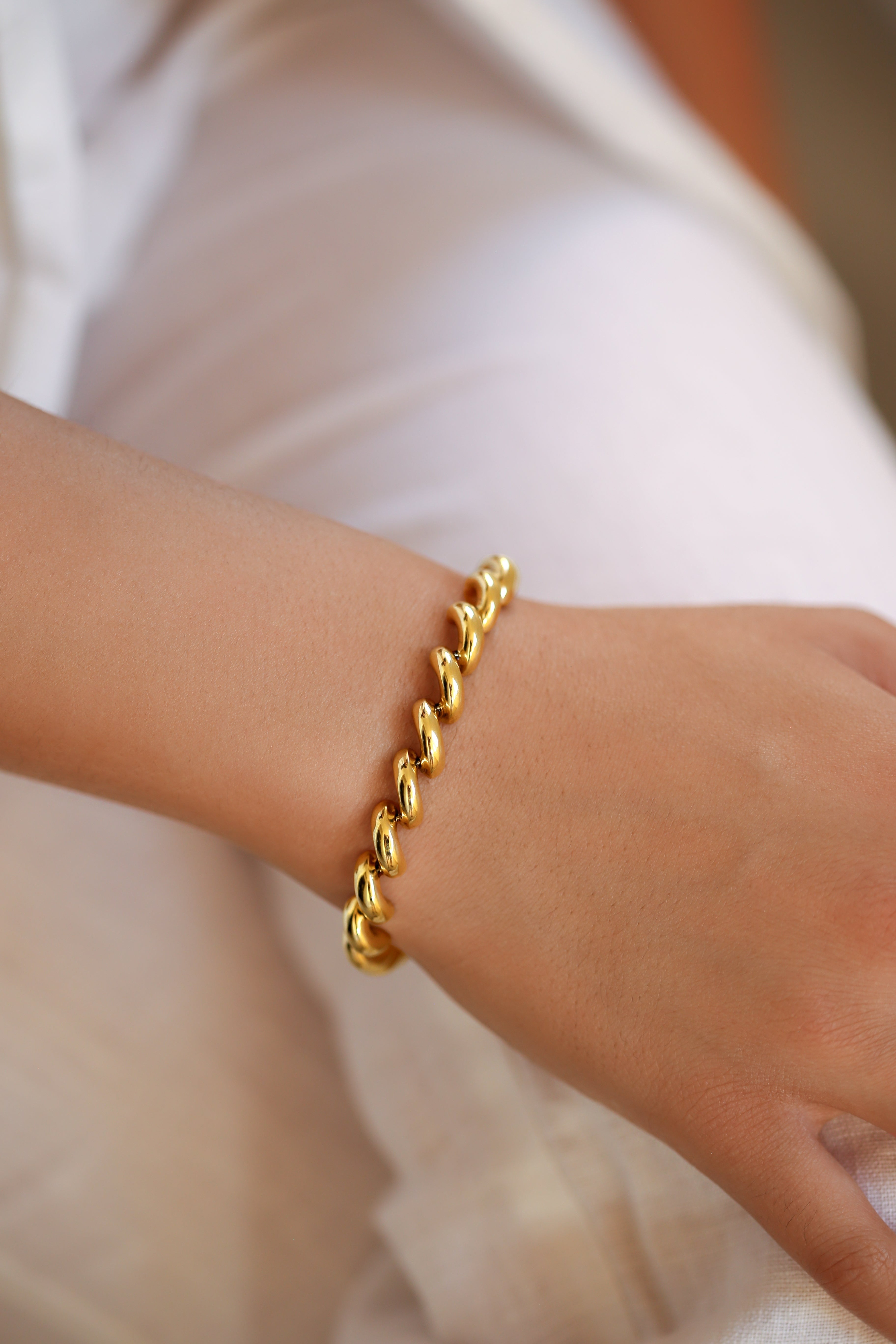
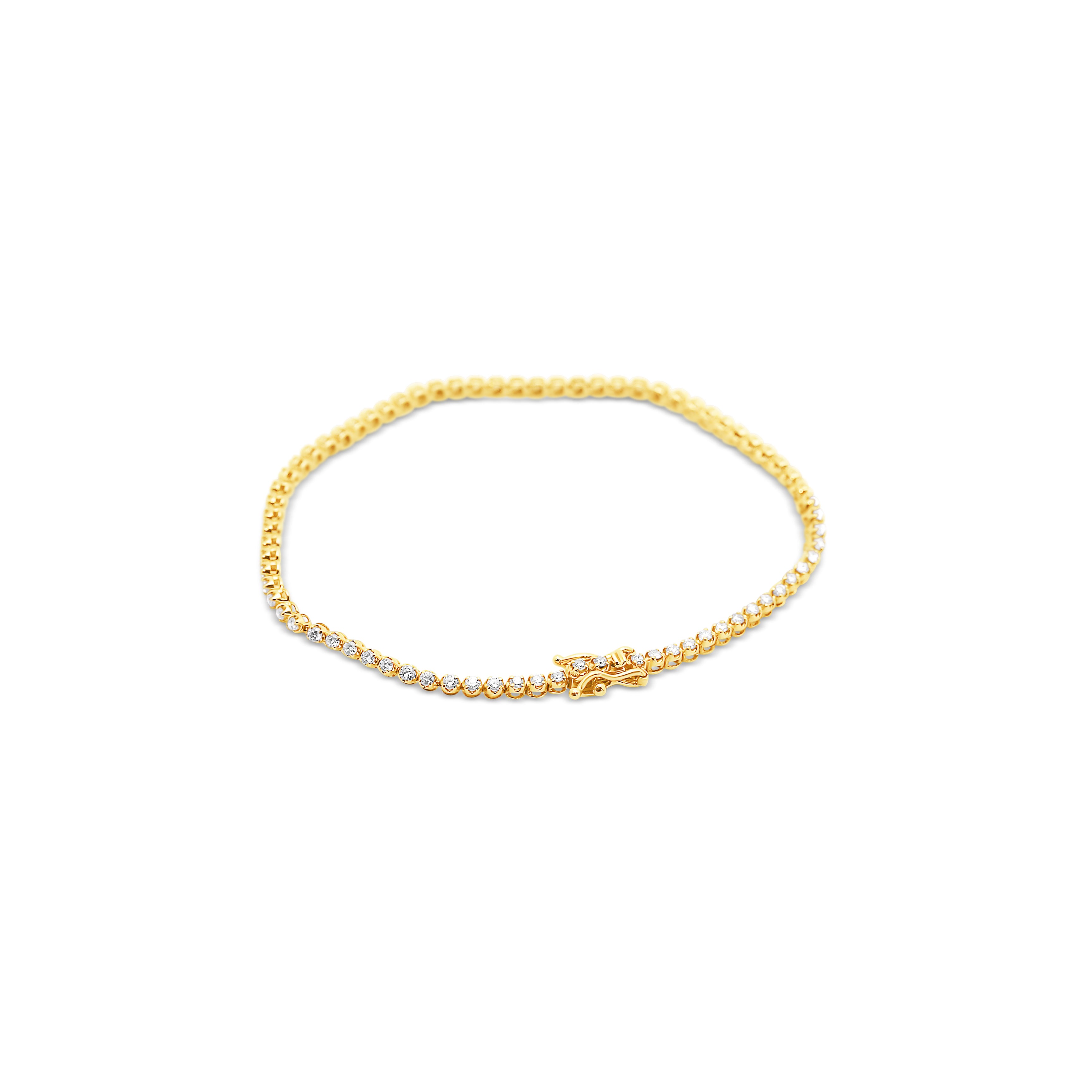
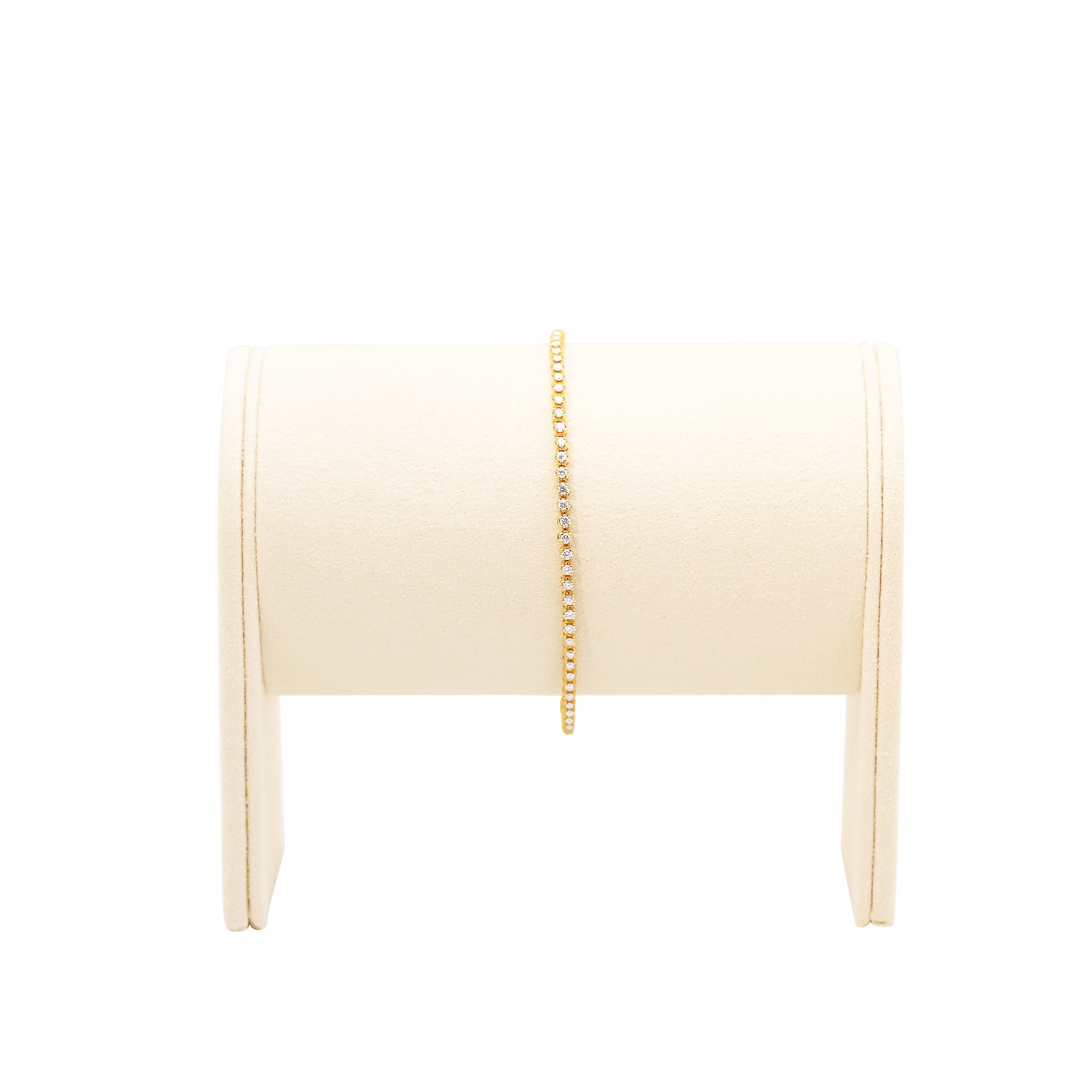
Leave a comment
This site is protected by hCaptcha and the hCaptcha Privacy Policy and Terms of Service apply.